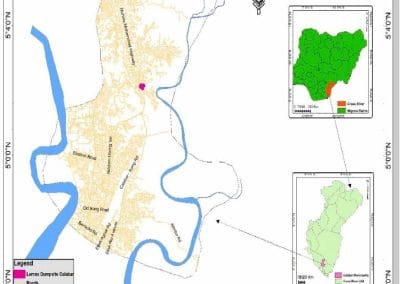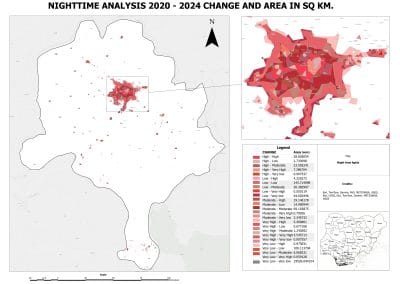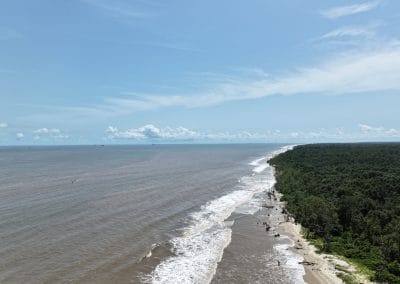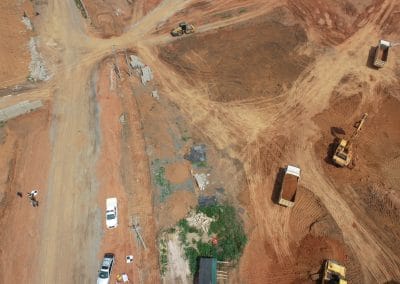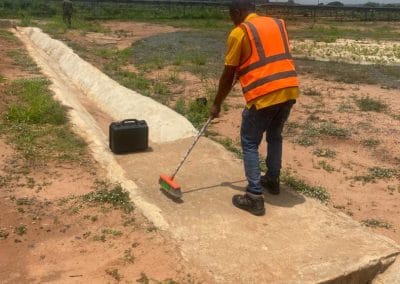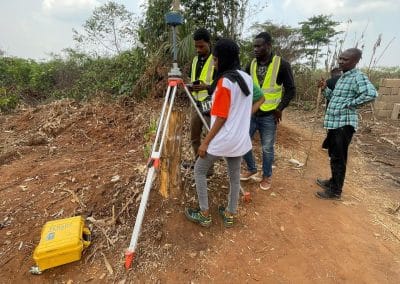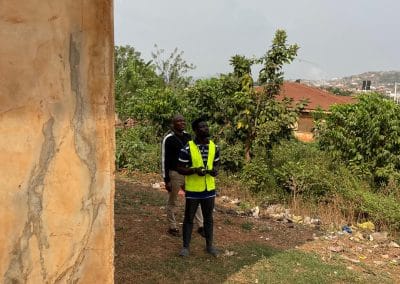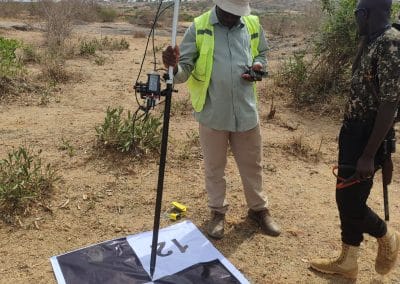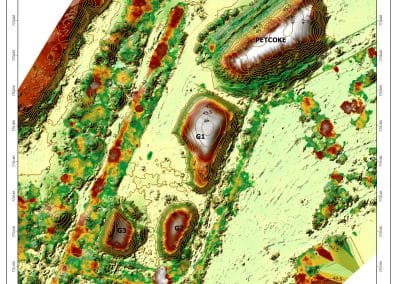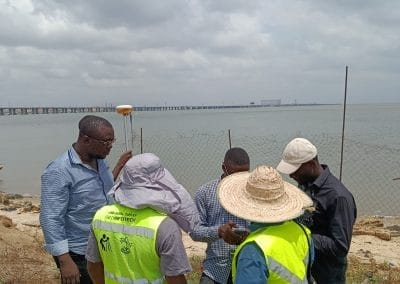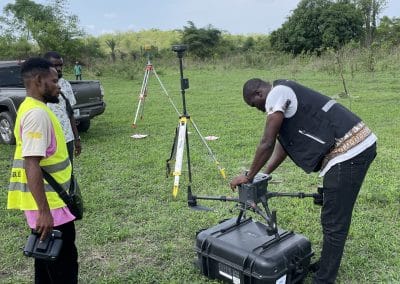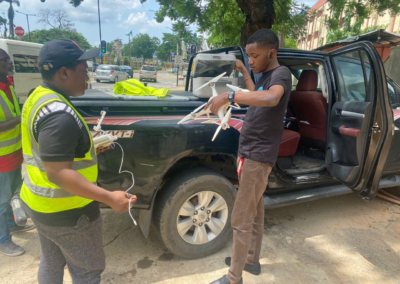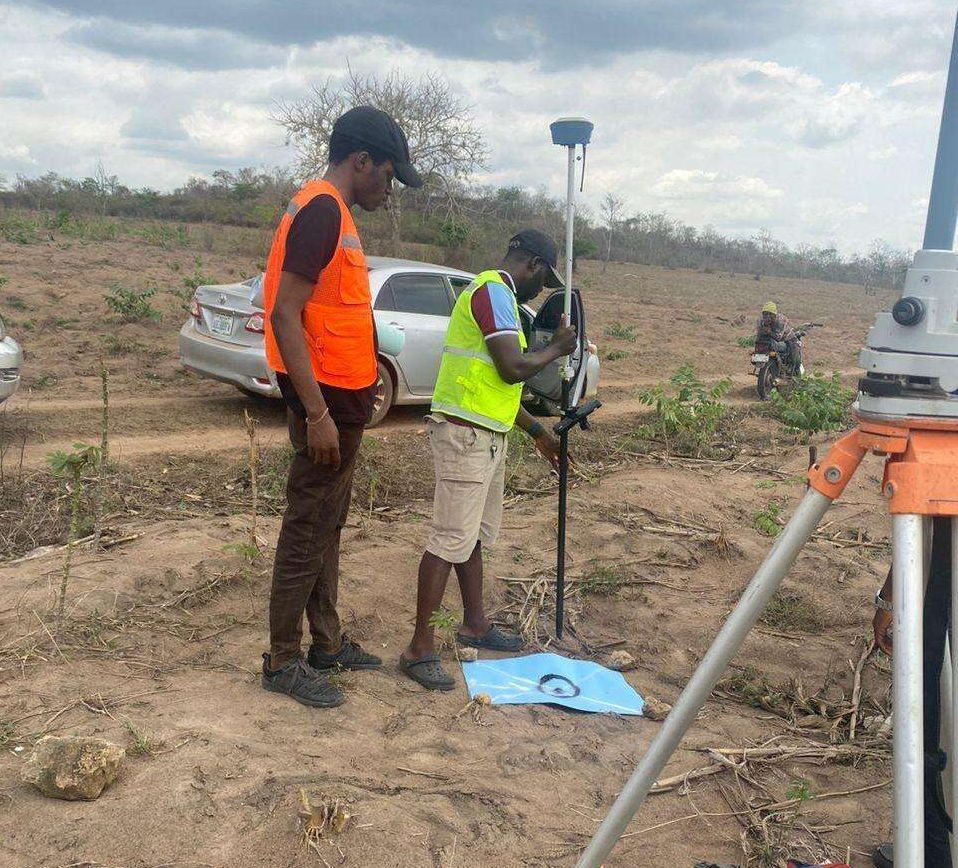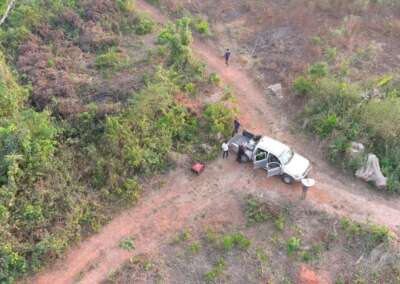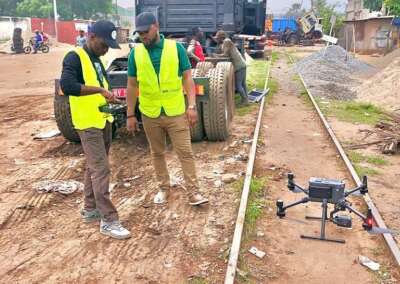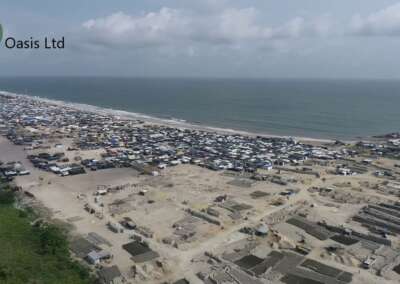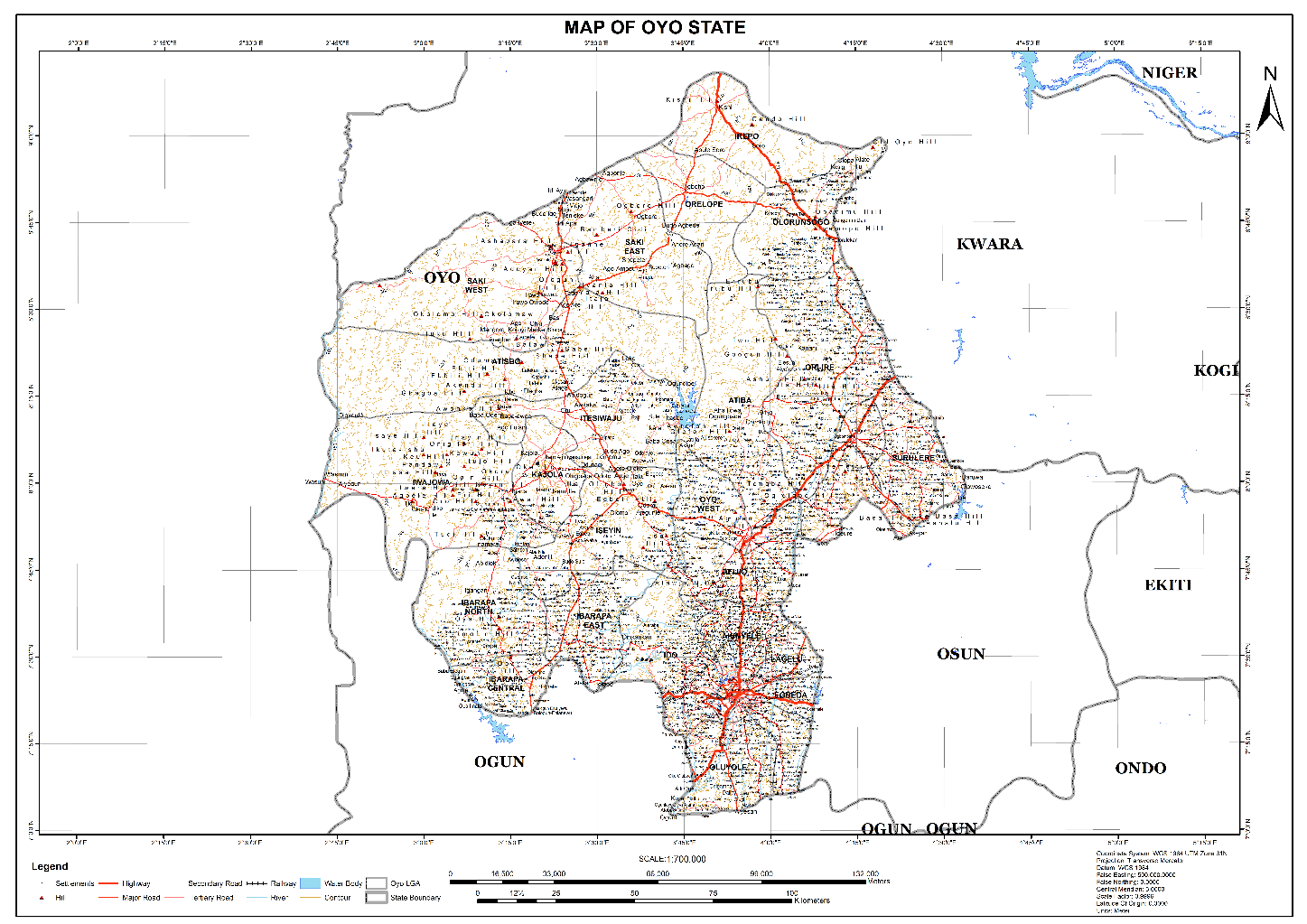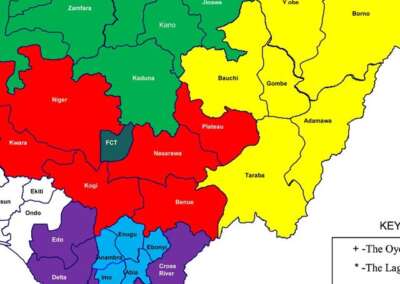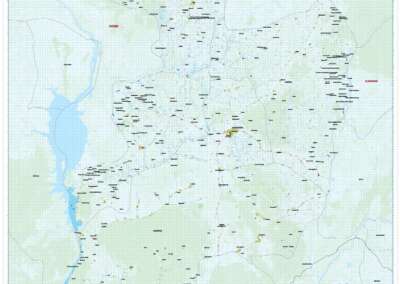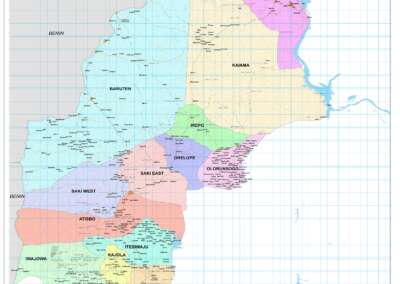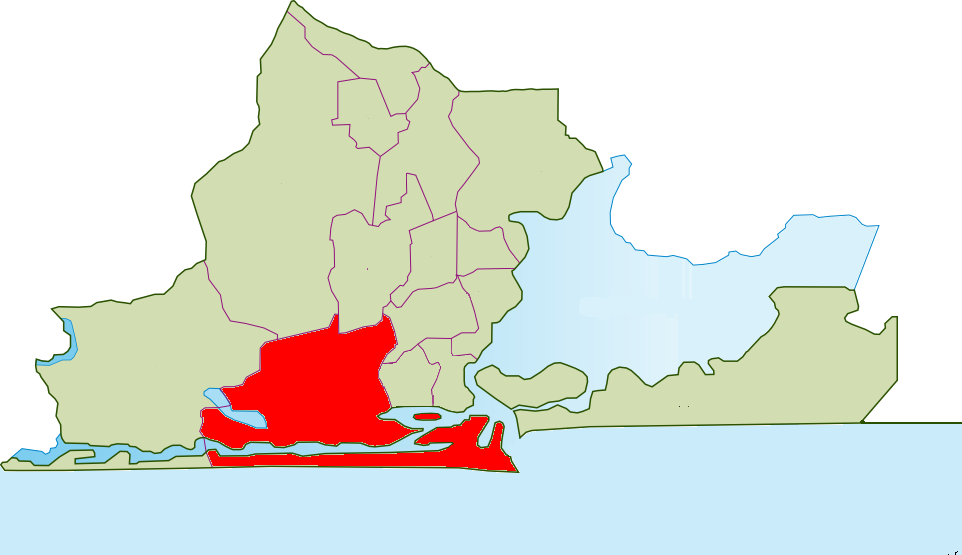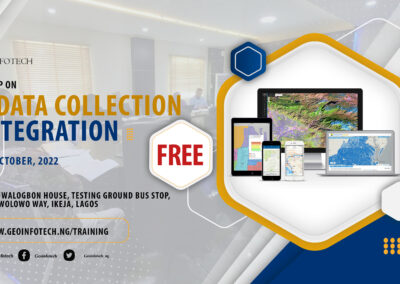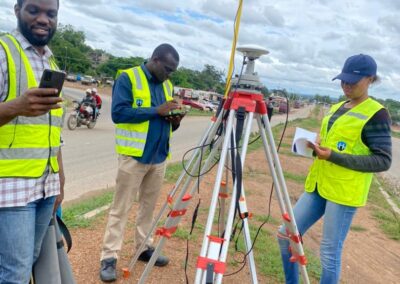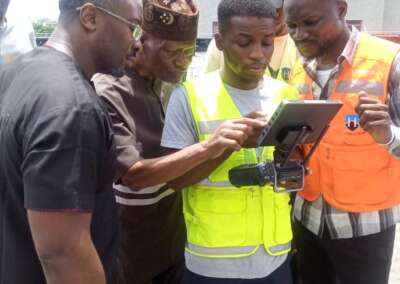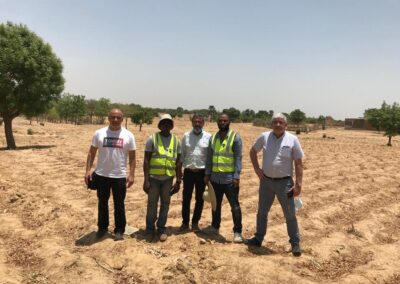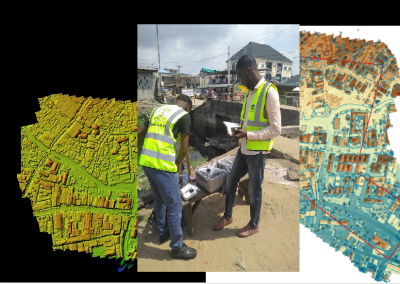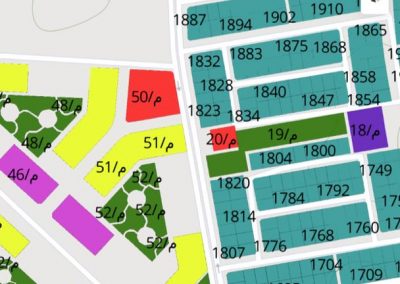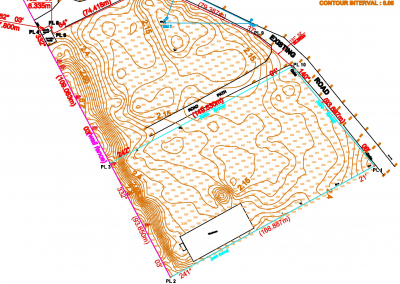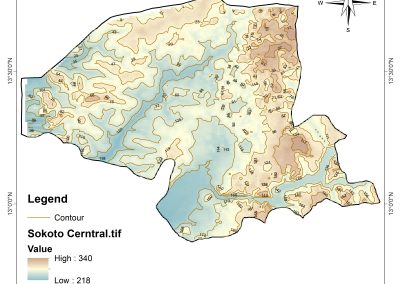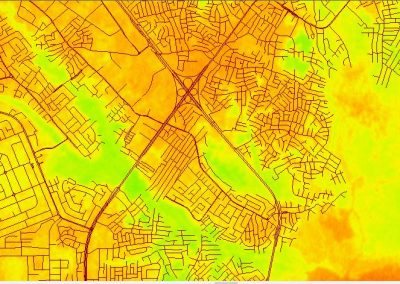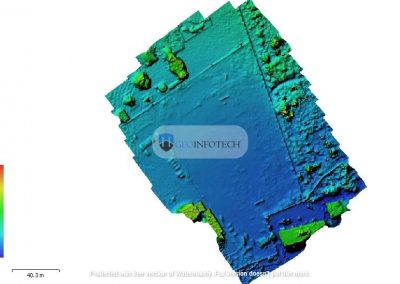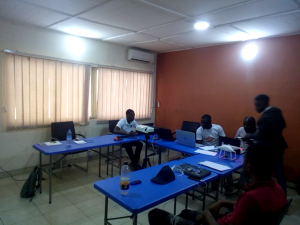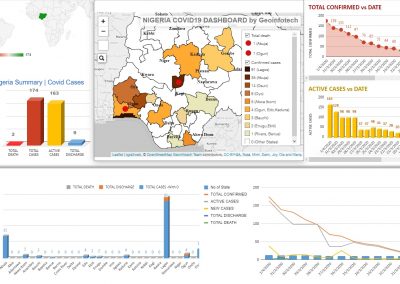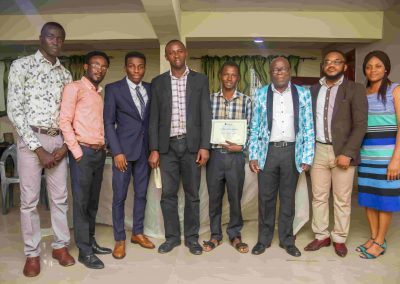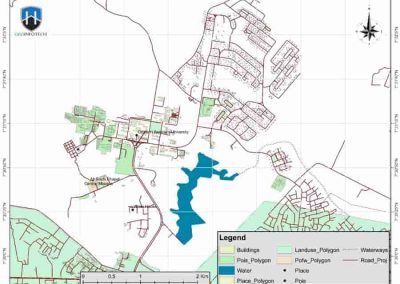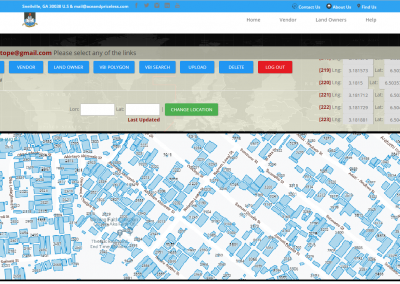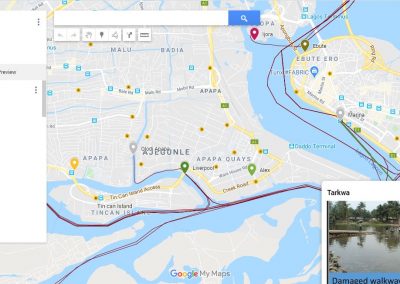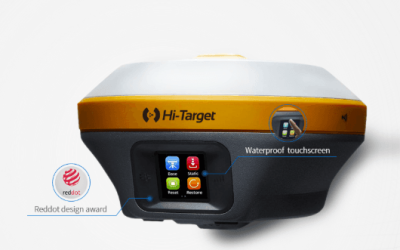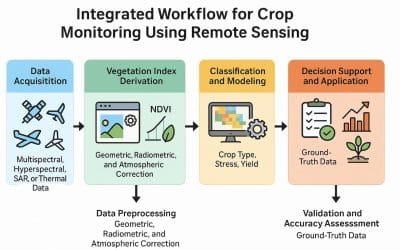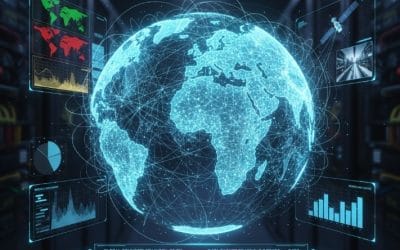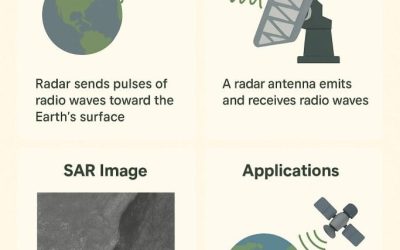In the world of Geographic Information Systems (GIS), ArcGIS has long been the industry giant — powerful, well-documented, and widely taught in schools and workplaces. For many professionals, it’s the first GIS software they ever used, and for some, it’s the only one they ever want to. But as the field of geospatial analysis evolves, so too should our toolbox. The idea that “ArcGIS is all you need” is not only outdated — it could be holding you back.
Different Tools, Different Strengths
Every GIS software is built with a slightly different vision. QGIS, for instance, is open-source and community-driven, with an ecosystem of plugins that can sometimes rival commercial software. ENVI and ERDAS IMAGINE shine in remote sensing and raster processing. Google Earth Engine offers unparalleled cloud-based planetary-scale analysis. Each tool has its edge, and often, the right one for the job isn’t the one you’re most comfortable with — it’s the one that’s best suited to the task.
More Skills = More Freedom
Limiting yourself to just one platform can restrict the kinds of jobs you qualify for, the types of analysis you can perform, and your ability to adapt as technology shifts. The geospatial world is growing — with web GIS, AI integration, cloud processing, and cross-platform workflows becoming the norm. Knowing your way around multiple tools doesn’t just make you versatile — it makes you relevant.
It’s Not About Loyalty, It’s About Efficiency
ArcGIS is great. So is QGIS. So is Google Earth Engine. They each solve different problems and excel in different contexts. The modern geospatial analyst isn’t a one-trick operator — they’re adaptable. They choose tools like a carpenter chooses between a saw, drill, and hammer. It’s not a betrayal to learn new tools — it’s professionalism.
Start Expanding — Without Overwhelming Yourself
You don’t need to become an expert in everything overnight. Begin with curiosity. Watch a short tutorial on QGIS. Try a basic analysis on Google Earth Engine. Explore image classification in ERDAS Imagine. Over time, you’ll build a toolkit that’s as diverse as the geospatial problems you’ll face. The future of GIS isn’t about mastering one tool — it’s about mastering how to think spatially, and then using whatever tools are necessary to turn that thinking into action. In a world of rapidly evolving technology, the most valuable professionals will be the ones who grow with the tools, not those stuck in them.





